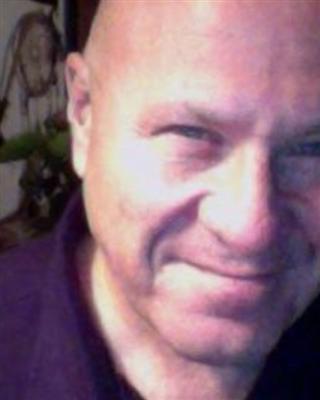Experiment with and try to identify each muscle's activity on your face. Tense or flex it a little, then a lot. Combine two or more smile muscles. What expressions, if any, do these produce on your face? What feelings do you experience?
The birth of Electrophysiology
The descriptions of the muscles are taken from my own observations, those of the many researchers I've interviewed and reviewed the literature of, and the work of Duchenne, an 18th century french physiologist. In the 1830's through 1870's, Duchenne used a Faraday battery (similar to the kind Ben Franklin used for his famous key-in-a-kite experiment.) to stimulate the muscles of cadavers and live subjects so he could observe the electrophysiology of motion. He observed the actions of the muscles to determine where they were attached and how they functioned. It's unlikely the same research could be performed now. He warns of the risk of burned out eyeballs in these experiments. The more anachronistic descriptions are Duchenne's.
Muscles of Positive Experience
1-Zygomaticus- lifts corners of mouth towards cheek bones. The primary smile muscle
2- Orbicularis Oculi palpabreaous lateral inferior
muscle of benevolence and frank joy. causes crow's feet, twinkling in the eye.
3-Nasalis-lewdness and lasciviousness, flares nostril creases central part of nose. I call it the Q spot because it was labeled Q on Duchenne's facial anatomy chart and because, like the "G spot", it has the potential to turn on sexual arousal.
4-Pars alaris complementary with Nasalis for expression of passion, flares nostrils, lifts nose
5-Mentalis-shows lower teeth
6-Platysma -intensifier, opens lower lips, pulling them down and back.
7-orbicularis oris-modifies smile in kissing, tasting, sexual excitement, thrills
8-trapezius and cervical paraspinals-pull head back for laughter, sighs of contempt, breaths of sweetness.





